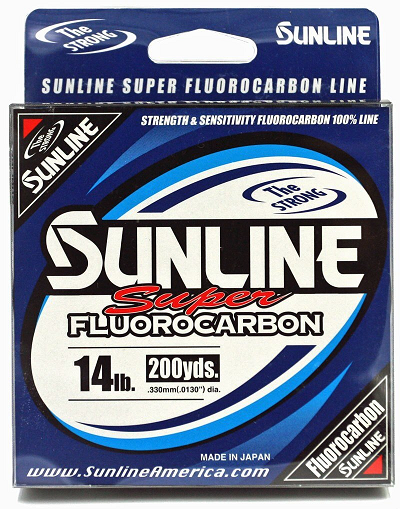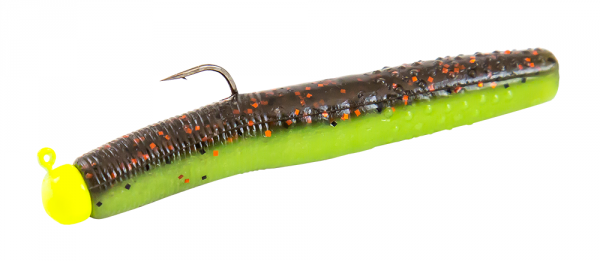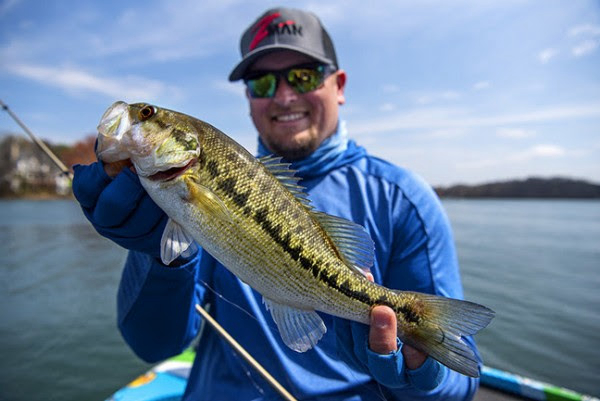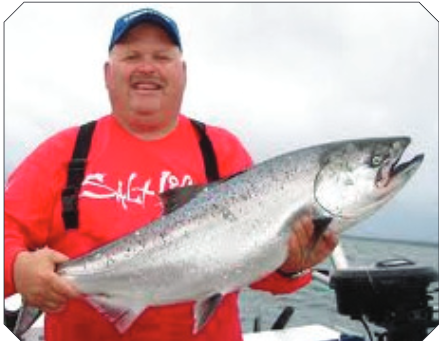Black Friday has lost much of its hype with so many on-line sales and Black Friday sales in stores seeming to start after Valentine’s Day. But if you are looking for Christmas gifts for that special fisherman, I have some suggestions – all are things I use every trip.
If you have a really special fisherman in your life and want to be extravagant, consider a new Skeeter bass boat. You can get a fully rigged 20-foot Skeeter with a 250 Yamaha motor and most of the bells and whistles. They are on sale for only $69,500 including sales tax.
Somewhat more reasonable but still expensive, a Garmin Livescope depthfinder will show you in live action everything going on underwater around your boat. It is much like radar, showing fish movements and all cover. A head unit and transducer will set you back about $2600, on sale. They are amazing. I love and hate mine, watching fish follow my baits and not hit them, but at least I know I am casting to bass. And I enjoy watching schools of crappie suspended in treetops and how they move.
I really like St. Croix rods. Their Avid series medium heavy seven-foot rod is great for light worms and jigs and the medium action handles spinnerbaits, soft swim baits, crankbaits and more. They run about $180 and the Avid series is mid-range – they have more expensive and cheaper series, too.
Last year I bought a Lews American Hero rod at Berry’s Sporting Goods for heavy jigs and worms rigs. I liked it so much I bought a second one, then purchased a combo with rod and reel. The rods are about $60 and for that price they are great. Although I was skeptical of the reel that came with the combo for only $90 – a $30 reel is usually worth what you pay – so far it has worked great.
Warm, water proof boots are a necessity this time of year for hunting and fishing. I could not find any locally so I ordered a pair of Aleader boots for $50 and so far they are warm and comfortable. I wish they had a removable liner, but the fur lining is nice.
I usually wear 10½ EEE boots but I ordered size 12, and they are a little tight. If you order them get a bigger size than normal or you will probably have to return them.
I have my favorite lines for different methods. For spinnerbaits, some crankbaits and topwater I like Trilene Mean Green in 12 to 14-pound test, less than $10 for 700 yards. For slow moving baits like jigs, shaky heads and worms that bass get a chance to look at closely, Sunline fluorocarbon is my choice in 10 to 16-pound test. It runs $25 to $30 for a 200-yard spool, but it is invisible, tough and holds up well for me.
Crankbaits, jerkbaits and spinnerbaits are good smaller gifts and run less than $10. I really like Rapala DT series crankbaits in a variety of colors and sizes. The number tells what depth they run, hence the name “Dives To.” A DT 6 runs six feet deep on ten-pound line, a DT 16 runs 16 feet deep.
I caught my biggest bass on a Suddeth Boss Hog crankbait, a nine-pound, seven-ounce largemouth at Jackson in 1991. Suddeth makes a good line of crankbaits in a variety of sizes and colors. They cost around $7 each.
The Hawg Hunter spinnerbaits work well for me and come in a variety of sizes and colors. And Rapala Jerkbaits work well for the price. There are more expensive jerkbaits, for example the Megabass and Lucky Craft Pointer series are about $15, and they may be worth it.
Professional bass fisherman Aaron Martens listed 25 things he must have in his tacklebox in an article in Bassmaster magazine. JJs Magic was one of them. I never throw a plastic bait that is not first dipped in chartreuse JJs Magic. It is about $7.50 a jar and comes in three colors and clear. The clear is just to add scent without changing color of baits.
For stocking stuffers, hooks, leads, swivels and other terminal tackle ranges from less than $2 to several dollars. Sinkers are hard to find right now, Berry’s bins are almost empty of popular sizes, but more will be in soon. And I like VMC, Gamakatsu and Owner hooks in a variety of sizes.
The best gift of all would be to take family and friends fishing and hunting to make memories for a lifetime. They are both “essential activities” not only during Covid but year-round, every year. And they are priceless.
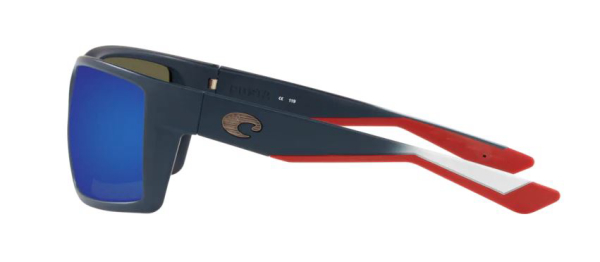 Long known for high-quality, on-water eyewear,
Long known for high-quality, on-water eyewear, 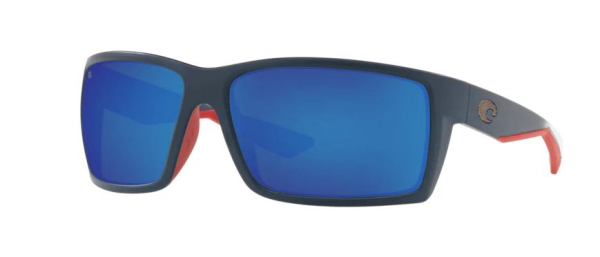 The models with glass lenses are somewhat heavier than some other brands just because Costa builds their stuff to last, but they’re not so heavy that you notice the weight on your nose or ears. The hinges, for example, are not only stout stainless steel, but they’re inset inside the durable composite frame. This not only protects them from salt spray and the resulting corrosion but adds reinforcement at the point where most glasses eventually fail.
The models with glass lenses are somewhat heavier than some other brands just because Costa builds their stuff to last, but they’re not so heavy that you notice the weight on your nose or ears. The hinges, for example, are not only stout stainless steel, but they’re inset inside the durable composite frame. This not only protects them from salt spray and the resulting corrosion but adds reinforcement at the point where most glasses eventually fail. 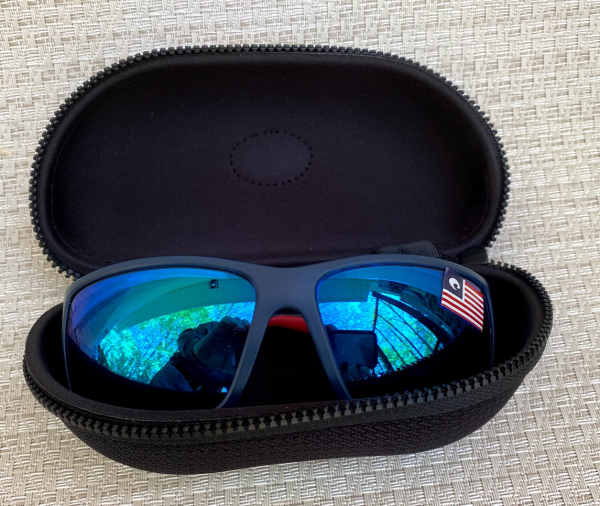 I like that the ear pieces are curved to grip the contours of the head, but have relatively little drop behind the ears. To me, this design stays on well and is easier to take on and off than those with a pronounced drop in the ear pieces. (I always put CablZ eye glass retainers on my sunglasses before wearing them the first time—saves losing them overboard, plus I always know where they are when they’re not on my head.)
I like that the ear pieces are curved to grip the contours of the head, but have relatively little drop behind the ears. To me, this design stays on well and is easier to take on and off than those with a pronounced drop in the ear pieces. (I always put CablZ eye glass retainers on my sunglasses before wearing them the first time—saves losing them overboard, plus I always know where they are when they’re not on my head.) 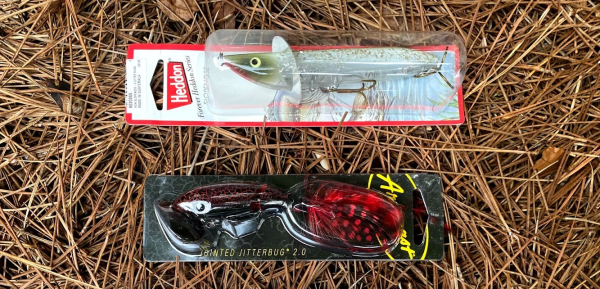 Of course the modern versions of the lures have some significant upgrades, including durable synthetic bodies, complex multi-coat paint-jobs and upgraded ultra-sharp treble hooks. But the original action and shape are still there in each.
Of course the modern versions of the lures have some significant upgrades, including durable synthetic bodies, complex multi-coat paint-jobs and upgraded ultra-sharp treble hooks. But the original action and shape are still there in each.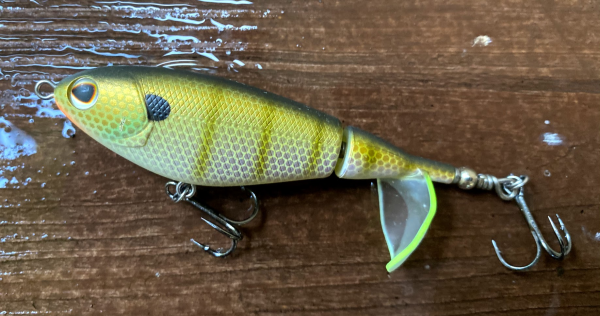 The Choppo shape is more shad-like, so it works well around bass busting bait schools on top as well as over shallow grass and around shoreline cover. It comes in three sizes, with the 90 mm ½ ounce version a favorite for spotted bass and smallmouths, the larger 105 and 120 mm versions usually best for largemouths. The 120 is also a good wake bait for striped bass in cooler weather when the fish go shallow chasing shad.
The Choppo shape is more shad-like, so it works well around bass busting bait schools on top as well as over shallow grass and around shoreline cover. It comes in three sizes, with the 90 mm ½ ounce version a favorite for spotted bass and smallmouths, the larger 105 and 120 mm versions usually best for largemouths. The 120 is also a good wake bait for striped bass in cooler weather when the fish go shallow chasing shad.
